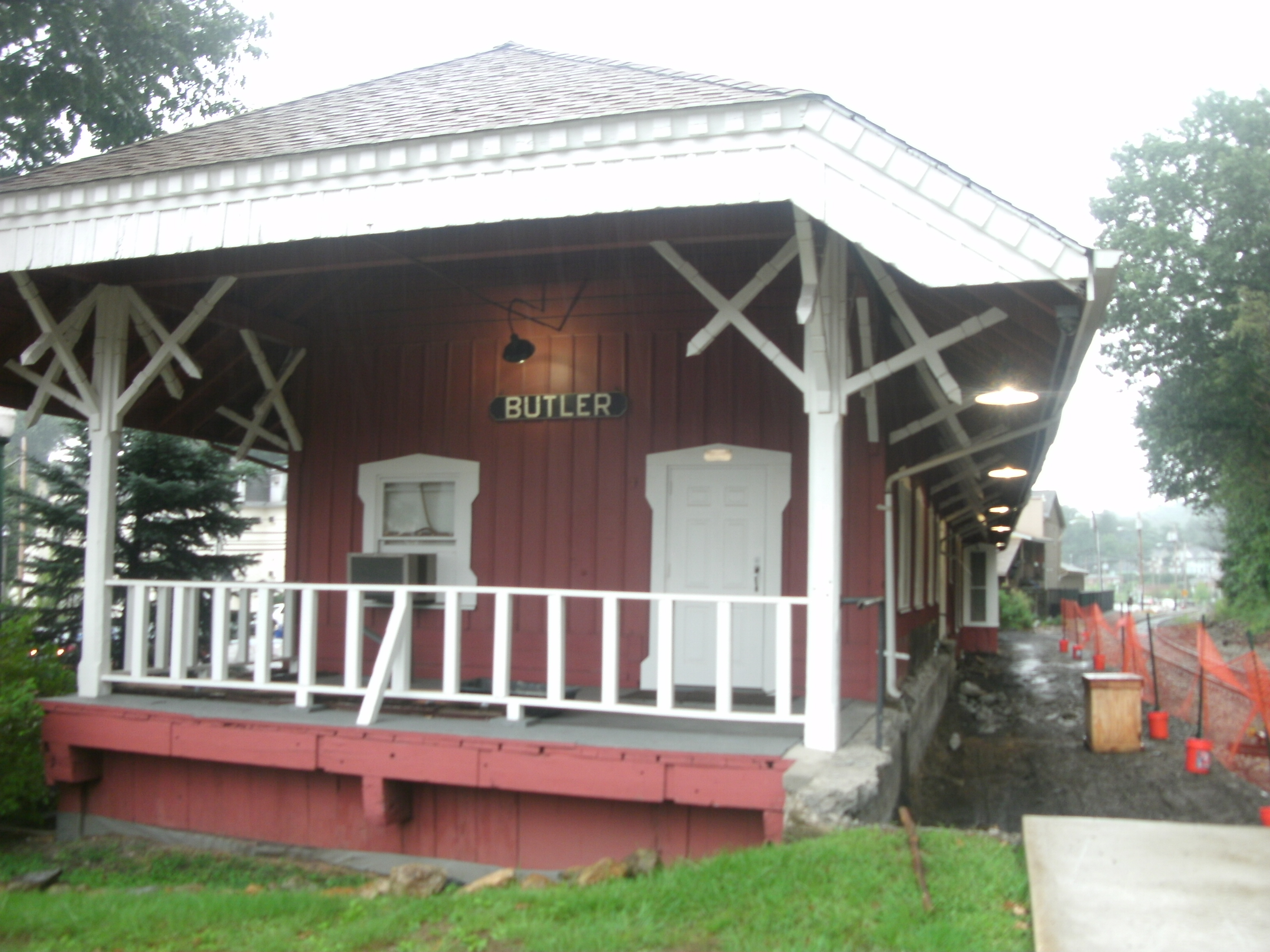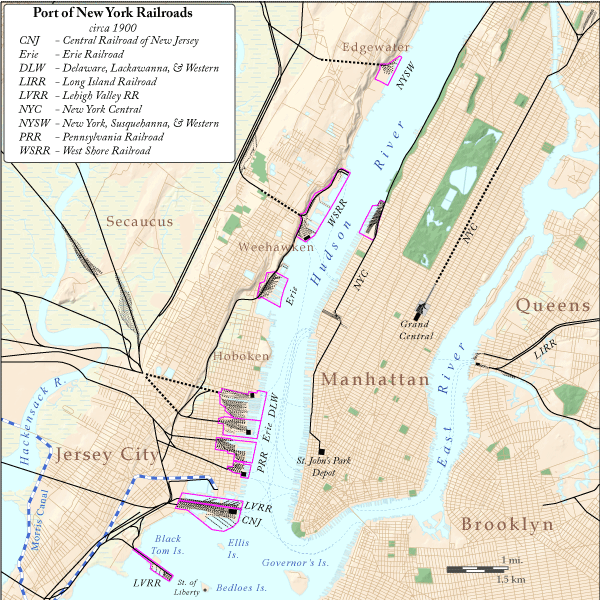|
Butler, New Jersey
Butler is a borough in Morris County, in the U.S. state of New Jersey. As of the 2020 United States census, the borough's population was 8,047, an increase of 508 (+6.7%) from the 2010 census count of 7,539, which in turn reflected an increase of 119 (+1.6%) from the 7,420 counted in the 2000 census. Butler was incorporated as a borough by an act of the New Jersey Legislature on March 13, 1901, from portions of Pequannock Township.Snyder, John P''The Story of New Jersey's Civil Boundaries: 1606-1968'' Bureau of Geology and Topography; Trenton, New Jersey; 1969. p. 191. Accessed October 25, 2012. History The area now known as Butler was originally called "West Bloomingdale" and was sparsely populated. Water power brought manufacturing entities to the area. In 1857, The Pequannock Valley Paper Company moved from Bergen County and in 1868 the Newbrough Hard Rubber Company built a factory, both based along the Pequannock River. These were two significant economic entities that ... [...More Info...] [...Related Items...] OR: [Wikipedia] [Google] [Baidu] |
Borough (New Jersey)
A borough (also spelled boro), in the context of local government in the U.S. state of New Jersey, refers to one of five ''types'' and one of eleven ''forms'' of municipal government (in addition to those established under a Special charter (New Jersey), special charter). Types of Government in New Jersey New Jersey State League of Municipalities. Accessed July 1, 2024. Among New Jersey's 564 municipalities, the borough is the most common form of local government in New Jersey, local government, though the majority of state residents actually reside in Township (New Jersey), townships. In 2023 there were 253 boroughs in New Jersey. However, boroughs were not always so common. In 1875 only 17 boroughs had been created, all by special acts of the legislature. These original boroughs were ''subdivisions'' of townships, established by state charter; Elizabeth, New Jersey, Elizabeth was the first, established by royal charter in 1740, within the now defunct Elizabeth Township ... [...More Info...] [...Related Items...] OR: [Wikipedia] [Google] [Baidu] |
New York, Susquehanna And Western Railway
The New York, Susquehanna and Western Railway , also referred to as the Susie-Q or the Susquehanna, and formerly the New York, Susquehanna and Western Railroad, is an American Railroad classes#Class II, Class II Rail freight transport, freight railway operating over of trackage in the states of New Jersey, New York (state), New York, and Pennsylvania. The NYS&W was formed in 1881 out of a merger of six smaller railroads. After formation, the new NYS&W's primary business concern was transporting Anthracite, anthracite coal out of Pennsylvania's Wyoming Valley Coal Region, coal region, a business that would last into the twentieth century. From 1898 to 1940, the NYS&W operated as a subsidiary of the Erie Railroad after JP Morgan purchased a majority stake on the Erie's behalf. The Susquehanna emerged from the Erie's control in 1940 as part of a bankruptcy reorganization begun in 1937. Around this time the railroad began winding down its coal operations (until finally discontinuing ... [...More Info...] [...Related Items...] OR: [Wikipedia] [Google] [Baidu] |
Paterson, New Jersey
Paterson ( ) is the largest City (New Jersey), city in and the county seat of Passaic County, New Jersey, Passaic County, in the U.S. state of New Jersey.New Jersey County Map New Jersey Department of State. Accessed July 10, 2017. As of the 2020 United States census, Paterson was List of municipalities in New Jersey, the state's third-most-populous municipality,Table1. New Jersey Counties and Most Populous Cities and Townships: 2020 and 2010 Censuses New Jersey Department of Labor and Workforce Development. Accessed Dec ... [...More Info...] [...Related Items...] OR: [Wikipedia] [Google] [Baidu] |
New Jersey Midland Railroad
The New Jersey Midland Railway, also known simply as "the Midland", was a 19th-century predecessor to the New York, Susquehanna and Western Railway (NYS&W) that operated in Northern New Jersey and Orange County, New York. Formation and construction The New Jersey Midland Railway can trace its earliest roots back to 1828, when John Langdon Sullivan surveyed the first route across northern New Jersey with the intent of transporting Pennsylvania coal by rail to industrial Paterson, New Jersey. While New Jersey industry had supply of iron ore, it needed local sources of coal to smelt it following shortages of British coal after the War of 1812. The Morris Canal had begun operation for this purpose by 1831, but was seasonal and slow; industry demanded better. The New Jersey, Hudson & Delaware Railroad (NJH&D) was chartered in March of 1832 as the fifth railroad in New Jersey; it was based on Sullivan's surveyed route. It would connect Paterson east to the ports along the Hudson ... [...More Info...] [...Related Items...] OR: [Wikipedia] [Google] [Baidu] |
Pequannock River
The Pequannock River is a tributary of the Pompton River, approximately long, located in northern New Jersey in the United States. Course It rises in eastern Sussex County, near Highland Lakes on the north side of Hamburg Mountain. It flows southeast to Stockholm, then east-southeast, in a gap north of Green Pond Mountain and other ridges, past Butler and Bloomingdale. It joins the Ramapo River at Pompton Plains in Pequannock Township to form the Pompton. In its upper course, it forms part of the county line between Passaic and Morris counties. Recreational uses It is impounded near its source to form the Oak Ridge Reservoir. The river is relatively unspoiled compared to other rivers in the region. It is a popular spot for recreation trout Trout (: trout) is a generic common name for numerous species of carnivorous freshwater ray-finned fishes belonging to the genera '' Oncorhynchus'', ''Salmo'' and ''Salvelinus'', all of which are members of the subfam ... [...More Info...] [...Related Items...] OR: [Wikipedia] [Google] [Baidu] |
Bergen County, New Jersey
Bergen County is the List of counties in New Jersey, most populous County (United States), county in the U.S. state of New Jersey.Table1. New Jersey Counties and Most Populous Cities and Townships: 2020 and 2010 Censuses New Jersey Department of Labor and Workforce Development. Accessed December 1, 2022. Located in the northeastern corner of New Jersey, Bergen County and its many inner suburbs constitute a highly developed part of the New York City metropolitan area, bordering the Hudson River; the George Washington Bridge, which crosses the Hudson, connects Bergen County with Manhattan. The county lies in the Gateway Region of North Jersey. As of the 2020 United States c ... [...More Info...] [...Related Items...] OR: [Wikipedia] [Google] [Baidu] |
Pequannock Township, New Jersey
Pequannock Township (pronounced ''pa-QUAN-nick'') is a Township (New Jersey), township in Morris County, New Jersey, Morris County, in the U.S. state of New Jersey. , the township's population was 15,571, an increase of 31 (+0.2%) from the 2010 United States census, 2010 census count of 15,540, which in turn reflected an increase of 1,652 (+11.9%) from the 13,888 counted in the 2000 United States census, 2000 census. The primary community in the township is the census-designated place of Pompton Plains, New Jersey, Pompton Plains. The name "Pequannock", as used in the name of the township and of the Pequannock River, is thought to have been derived from the Lenape, Lenni Lenape Native Americans in the United States, Native American word ''Paquettahhnuake'', meaning "cleared land ready or being readied for cultivation". The name "Pompton" has been cited by some sources to mean "a place where they catch soft fish". ''New Jersey Monthly'' ranked Pequannock Township as the "Best Ba ... [...More Info...] [...Related Items...] OR: [Wikipedia] [Google] [Baidu] |
New Jersey Legislature
The New Jersey Legislature is the legislative branch of the government of the U.S. state of New Jersey. In its current form, as defined by the New Jersey Constitution of 1947, the Legislature consists of two houses: the General Assembly and the Senate. The Legislature meets in the New Jersey State House, in the state capital of Trenton. History Colonial period The New Jersey Legislature was established in 1702 upon the surrender by the Proprietors of East Jersey and those of West Jersey of the right of government to Queen Anne. Anne's government united the two colonies as the Province of New Jersey, a royal colony, establishing a new system of government. The instructions from Queen Anne to Viscount Cornbury, the first royal governor of New Jersey, outlined a fusion of powers system, which allowed for an overlap of executive, legislative and judicial authority. It provided for a bicameral legislature consisting of an appointed Council and an elected General A ... [...More Info...] [...Related Items...] OR: [Wikipedia] [Google] [Baidu] |
United States Geological Survey
The United States Geological Survey (USGS), founded as the Geological Survey, is an agency of the U.S. Department of the Interior whose work spans the disciplines of biology, geography, geology, and hydrology. The agency was founded on March 3, 1879, to study the landscape of the United States, its natural resources, and the natural hazards that threaten it. The agency also makes maps of planets and moons, based on data from U.S. space probes. The sole scientific agency of the U.S. Department of the Interior, USGS is a fact-finding research organization with no regulatory responsibility. It is headquartered in Reston, Virginia, with major offices near Lakewood, Colorado; at the Denver Federal Center; and in NASA Research Park in California. In 2009, it employed about 8,670 people. The current motto of the USGS, in use since August 1997, is "science for a changing world". The agency's previous slogan, adopted on its hundredth anniversary, was "Earth Science in the Pub ... [...More Info...] [...Related Items...] OR: [Wikipedia] [Google] [Baidu] |






